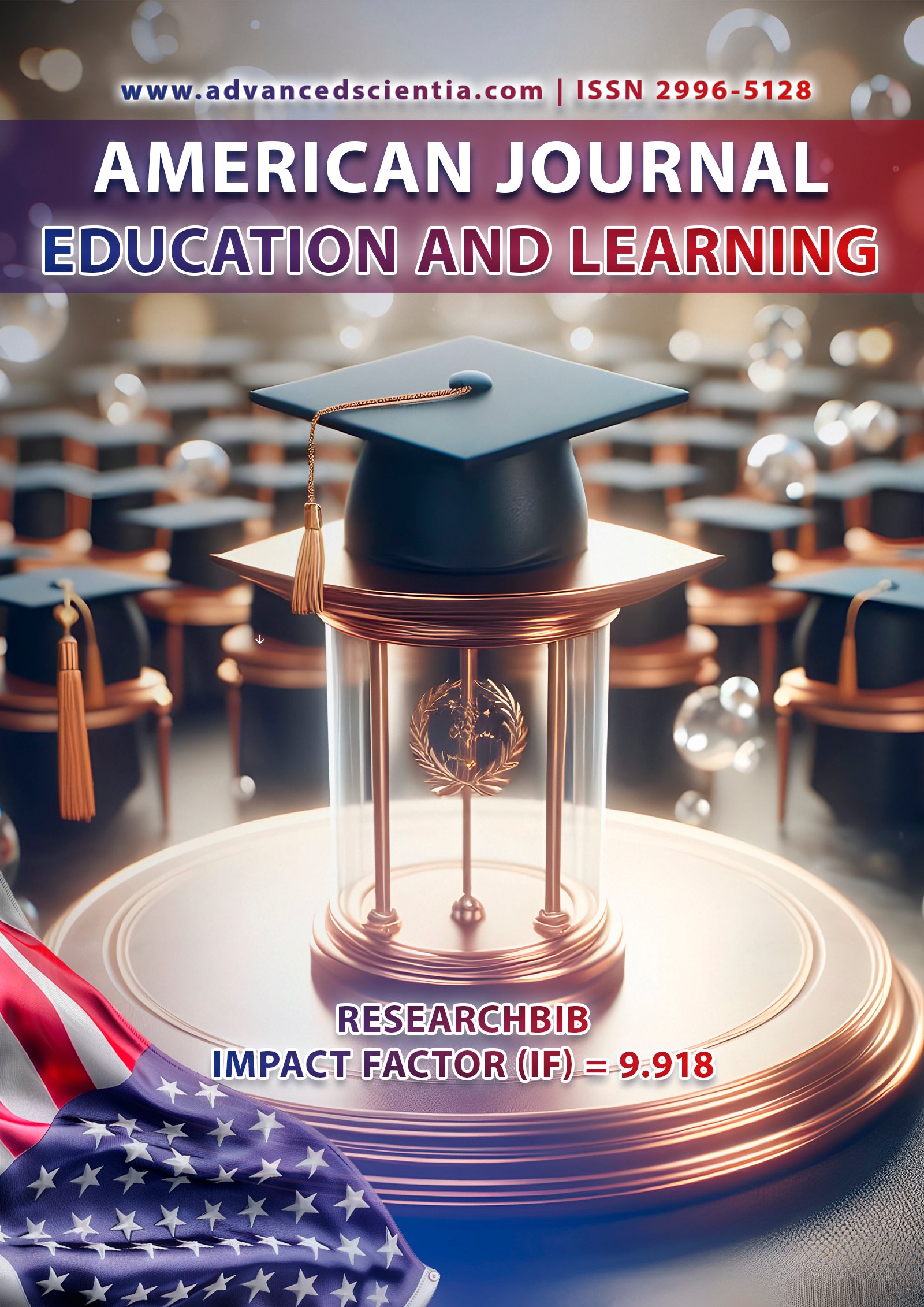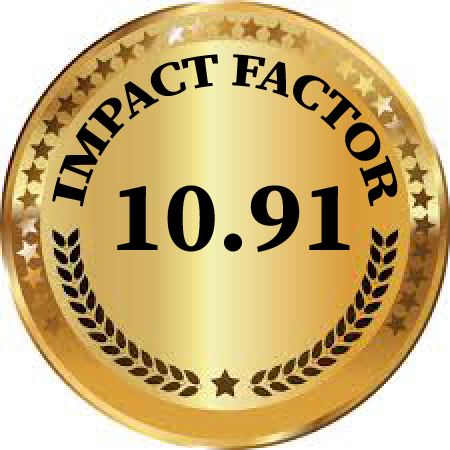YURIDIK MA'LUMOTLARNI QAYTA ISHLASHDA SUN'IY INTELLEKT TEXNOLOGIYALARINING QO'LLANILISHI
Abstract
Mazkur maqolada yuridik ma'lumotlarni qayta ishlashda sun'iy intellekt (SI) texnologiyalarining qo'llanilishi va uning huquq sohasiga ta’siri ko‘rib chiqiladi. Sun'iy intellekt texnologiyalari yordamida katta hajmdagi huquqiy hujjatlarni tahlil qilish, huquqiy maslahatlarga javob berish, sud ishlarini prognoz qilish va shartnoma tuzishda avtomatlashtirilgan tizimlardan foydalanish imkoniyati oshmoqda. Bu esa huquqiy jarayonlarning samaradorligini oshirib, huquqiy xizmatlarning tezkorligini va aniq prognozlarni ta’minlashga yordam beradi. Biroq, SI texnologiyalarini yuridik faoliyatda qo‘llash bilan bog‘liq huquqiy mas'uliyat va shaffoflik masalalari ham muhokama qilinmoqda.
References
1. Kaplan, J., & Haenlein, M. (2019). Siri, Siri, in my hand: Who’s the fairest in the land? On the interpretations, illustrations, and implications of artificial intelligence. Business Horizons, 62(1), 15-25.
2. Katz, D. M., Bommarito, M. J., & Blackman, J. (2017). A general approach for predicting the behavior of the Supreme Court of the United States. PLOS ONE, 12(4), e0174698.
3. McGinnis, J. O., & Pearce, R. G. (2014). The great disruption: How machine intelligence will transform the role of lawyers in the delivery of legal services. Fordham Law Review, 82(6), 3041-3066.
4. Pasquale, F. (2015). The Black Box Society: The secret algorithms that control money and information. Cambridge, MA: Harvard University Press.
5. Susskind, R. (2013). Tomorrow's lawyers: An introduction to your future. Oxford University Press.
6. Surden, H. (2014). Machine learning and law. Washington Law Review, 89(1), 87-115.
7. Goodman, B., & Flaxman, S. (2017). European Union regulations on algorithmic decision-making and a "right to explanation". AI Magazine, 38(3), 50-57.
8. Ashley, K. D. (2017). Artificial intelligence and legal analytics: New tools for law practice in the digital age. Cambridge University Press.
9. Casey, A. J., & Niblett, A. (2016). Self-driving laws. University of Toronto Law Journal, 66(4), 429-452.
10. Byrd, T. (2019). AI in the courtroom: An examination of machine learning in legal processes. Journal of Law and Technology, 14(2), 112-129.






















